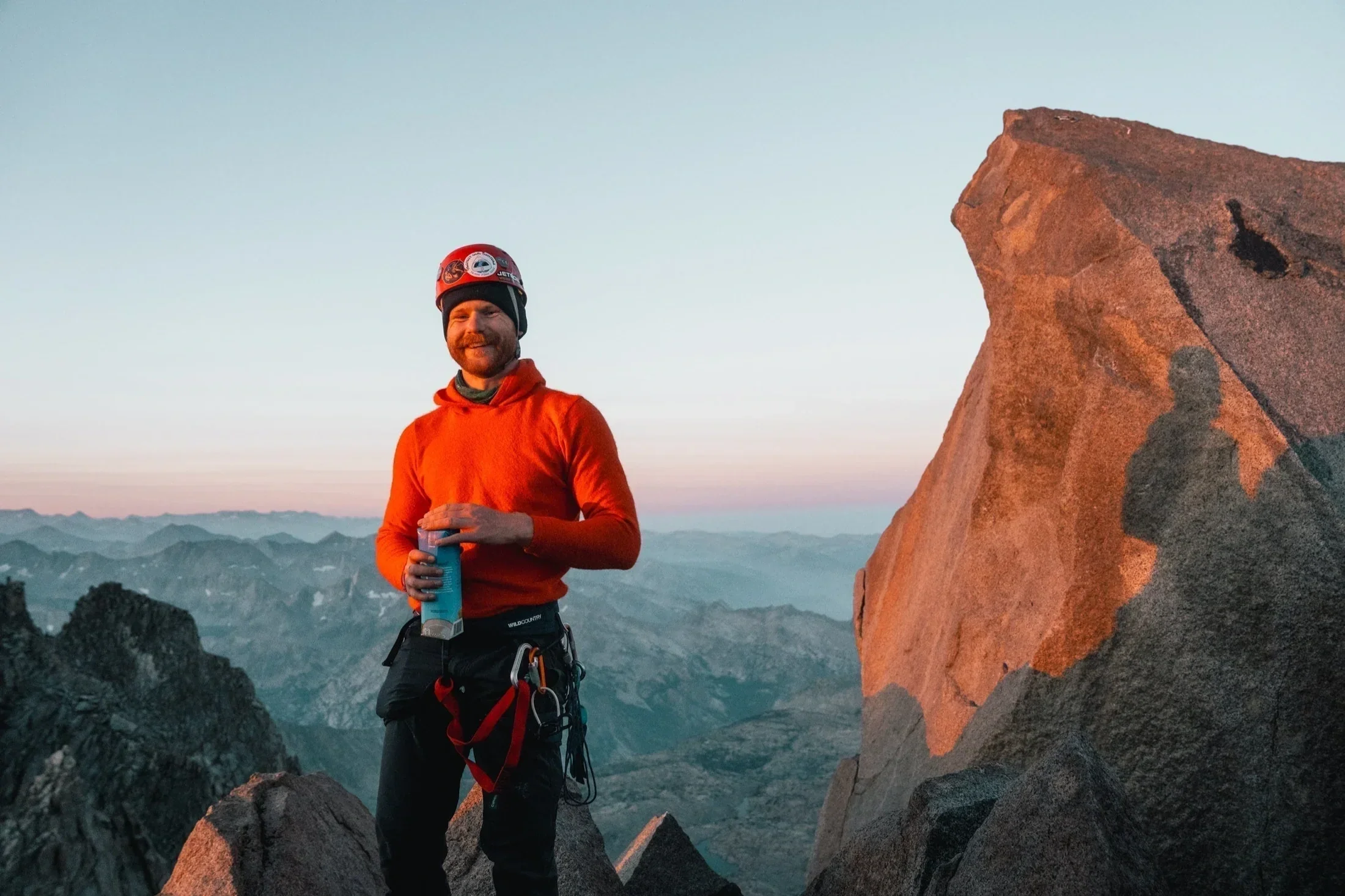Fortune and Carnage
It’s quite easy to wreck a motorcycle. Do anything at all except what you have to do, and you will crash. It’s quite difficult, on the other hand, to wreck a motorcycle and come out unscathed. Body armor, leathers, and helmets make it easier, if you choose to wear them. Many don’t. Many do, and then the one time they don’t, they crash.
I haven’t had a close friend die on a motorcycle, but several friends of friends and a couple relatives have died in crashes, and others that have become seriously injured. We all probably know a few folks that have. It’s the nature of riding. I’ve never wrecked myself, at least not to any consequence (a 20 mph gravel lowside earlier this year is all that comes to mind), but we all see and hear about the results of motorcycle crashes all the time.
I think crashes, injury, and death are what I find most interesting about riding, because it’s what no one wants to talk about. Motorcyclists are notorious for putting risk out of sight and out of mind, roaring around in tank-tops and skull cap helmets until the day they wipe and become pulp on the asphalt. It’s not that acknowledging the risk will necessarily make riding any safer, though. You have to actually act to mitigate that risk. Wear gear, ride with more restraint, improve your awareness.
It’s all beside the point though. The risk one is willing to accept is a personal decision.
The real problem with blowing off risk is a lack of authenticity. Some people don’t seem to understand just how dangerous riding a motorcycle is and how easily it can go wrong, or at least they refuse to acknowledge it, but they ride every day anyway. Most of them manage to skate by. Sometimes for their whole lives, sometimes for most of their lives.
But their riding experience isn’t authentic, then.
If you don’t come to terms with the risk and acknowledge it, each and every time you ride, you don’t get to experience the true benefits, both mental and emotional, of riding. That’s not to say you have to gear up. You have to ride with acceptance of the consequences of not gearing up.
Biker culture has always blended with the warrior code and warrior mentality, at least in America. I sometimes wonder why this is.
The comradeship felt by those who ride? The risk and danger? The adrenaline it provides, which has helped to scratch the itch of returning soldiers fresh from combat, from the Second World War to recent Middle Eastern conflicts?
The ancient Vikings believed to reach Valhalla they had to die in battle, which usually meant dying brutally. A death at home in bed, via illness or natural causes, even if incredibly painful, was less honorable. The samurai similarly found honor in death, with disgraced warriors taking their own lives via seppuku (or harakiri), ritual disembowelment.
What is it about gory deaths that we’ve associate with honor, for almost the entirety of human history? It’s not that they mean more pain, and thus more honor is given to those that endure them. Oftentimes, they don’t necessitate more pain at all. If I were to die from the loss of my limbs, shock and blood loss would contribute to a much faster, more painless death than a long, protracted battle with brain cancer.
It’s something in the human psyche, perhaps, which connects life to the cohesion of the natural form. Two arms, two legs, a head atop some shoulders, and so on. To corrupt that form, to mutilate it, awakens some primal revulsion within us. It’s why people paid to see freak shows for hundreds of years.
In the first issue of this column (which has been published intermittently, I admit), I talked about the benefit of riding as an avenue into a close relationship with death. But it’s more than pure death that we find with riding, it’s a brutal, gruesome one.
One thing you always hear about motorcycle accidents is how gnarly they are. Limbs torn off, decapitations, eviscerations. It’s not exactly news to anyone. It’s the nature of riding. We have little to no protection, out on the road traveling at 50, 60, 70 miles per hour.
In past ages, we were close with the human body. We understood it. We saw its raw form. Surgeons came and performed surgeries in-home, sawing off limbs while some poor man or woman bit into a strap of leather. Home births were the norm, and we often buried our own, too.
Now, most of us sit far and away from death. Many of us will never see a human body with the life gone from it, certainly not one that has been maimed and brutalized.
Motorcycles give you that chance to dance with carnage. The possibility of shredding your physical form beyond recognition. What does that do for an individual? Why is it a good thing? Is it a “good thing” at all?
I’m not quite sure. Perhaps it takes us off our high horse. We start to see existence more logically. We are, after all, simply sacks of bones and blood. Perching our sacks of bones and blood onto a hunk of speeding metal is one way to reveal our fragility.
We can see our fortunes among the chance of the carnage we may inflict on ourselves.
















